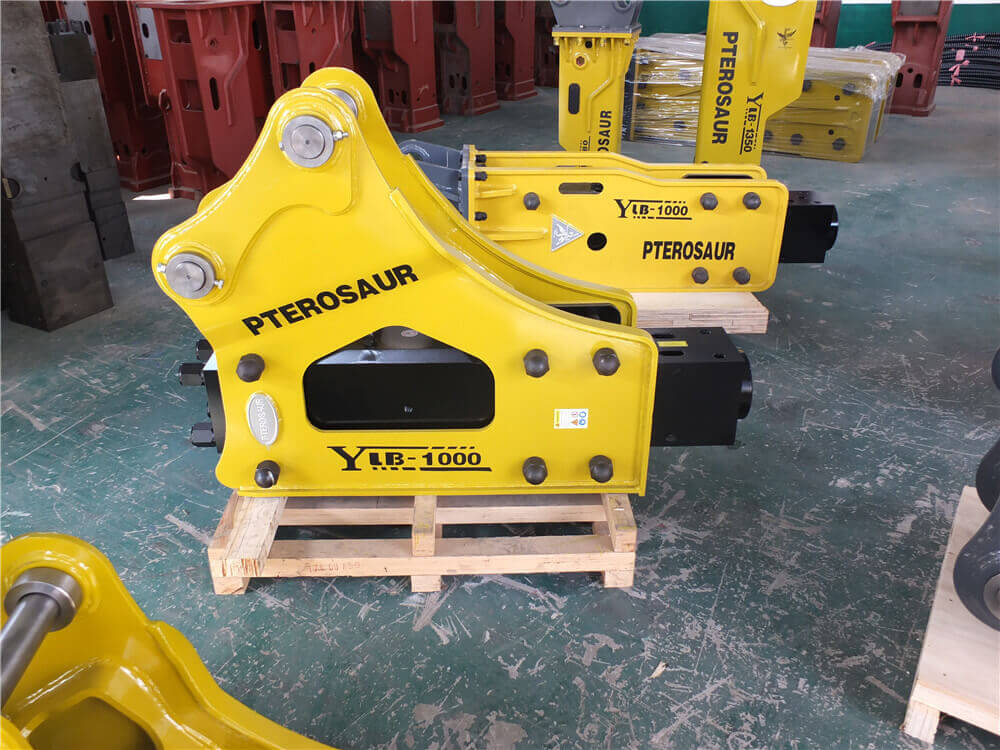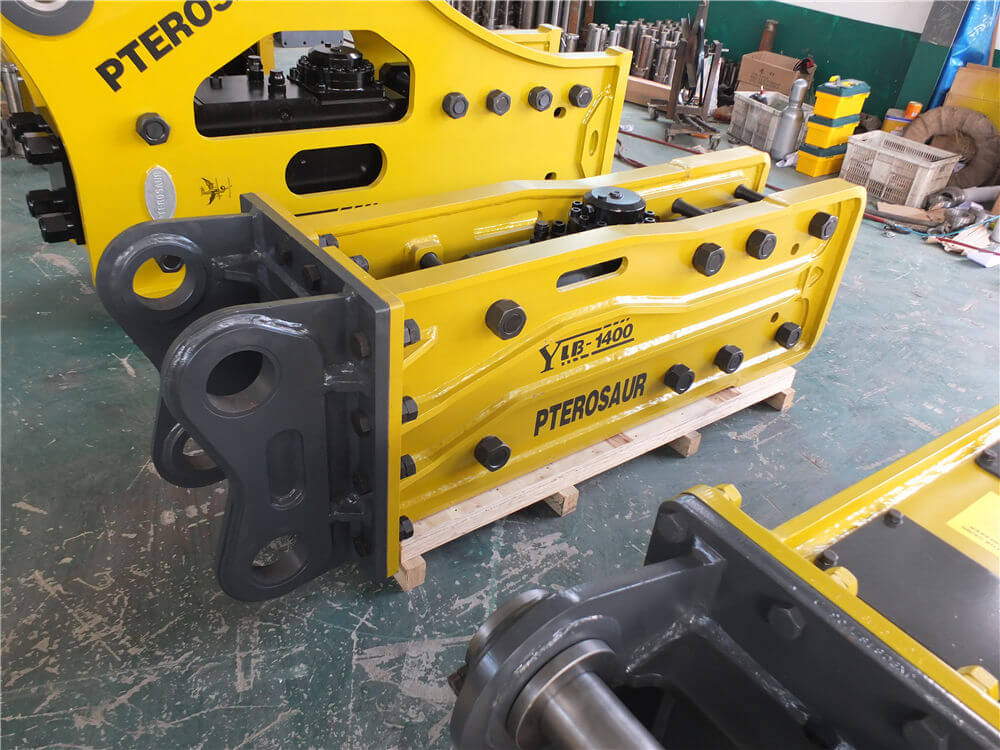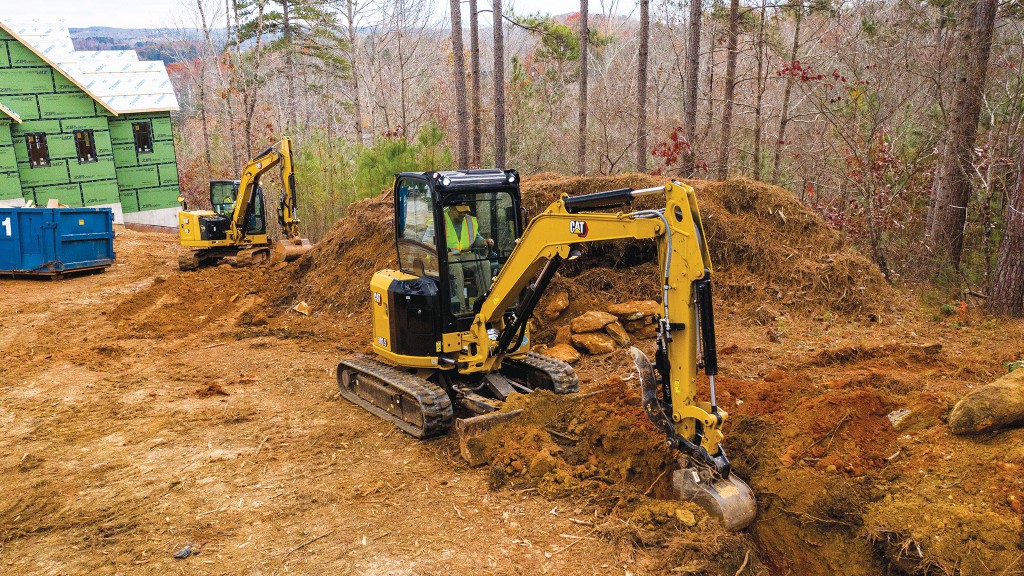Understanding Radial Clearance in Hydraulic Systems and Hammers
Hydraulic systems are essential components in various engineering applications, ranging from construction to automotive machinery. One critical aspect of hydraulic systems is the concept of radial clearance, which plays a significant role in the performance and efficiency of these systems. Understanding radial clearance, especially in hydraulic hammers, is vital for optimizing their functionality and longevity.
What is Radial Clearance?
Radial clearance refers to the distance between the rotating part of a hydraulic system (like a piston) and the stationary part (such as the cylinder wall). This clearance is crucial as it impacts the flow of hydraulic fluid, leakage rates, and overall system efficiency. A proper balance must be maintained; too much clearance can lead to excessive leakage, while too little can cause increased wear and tear on components.
Measuring Radial Clearance
Radial clearance can be measured using various methods, including the use of dial gauges and feeler gauges. For instance, the Schaeffler Group outlines a method where the unmounted radial internal clearance is measured with a feeler gauge, typically falling within a range of 0.0063 – 0.0087 inches. This ensures the components fit correctly and function effectively, particularly in high-stress environments like hydraulic hammers.
Importance of Radial Clearance in Hydraulic Hammers
Hydraulic hammers, commonly used in demolition and construction, rely heavily on precise radial clearance for optimal performance. Research has shown that the structural deformations within hydraulic percussion units can be comparable to the nominal clearance between components. This means that any variations in radial clearance can significantly affect the hammer’s efficiency and effectiveness.
Leakage Flow and Performance
Dynamic sealing gaps in hydraulic hammers represent a common area where leakage can occur. A study published in ScienceDirect analyzed the leakage flow through these gaps, emphasizing that the size of the clearance directly influences flow rates. When radial clearance is optimized, the hydraulic hammer operates more efficiently, resulting in less fluid leakage and better energy consumption.
Sensitivity Analysis
Recent studies have highlighted the sensitivity of radial clearance in hydraulic systems. For instance, a parametric analysis indicated that radial clearance is particularly sensitive within the range of 0.15 to 0.6 mm. Such findings underscore the need for precise measurements and adjustments to ensure hydraulic components work within their optimal ranges.
Best Practices for Managing Radial Clearance
-
Regular Maintenance: Routine checks of radial clearance can help identify wear and ensure components are functioning correctly. This is especially important in hydraulic hammers, where operational demands are high.
-
Proper Installation: Following manufacturer guidelines during installation can prevent misalignment and ensure appropriate clearance levels.
-
Use of Quality Components: High-quality bearings and seals can help maintain optimal radial clearance, reducing the likelihood of leaks and failures.
-
Monitoring Fluid Conditions: The condition of hydraulic fluid can affect performance. Regularly checking for contamination and viscosity can help maintain the hydraulic system’s efficiency.
Conclusion
Radial clearance is a critical factor in the performance of hydraulic systems, particularly in applications involving hydraulic hammers. Understanding its implications allows for better design, operation, and maintenance of these systems. By focusing on precise measurements and regular monitoring, engineers and operators can enhance the reliability and efficiency of hydraulic machinery, ensuring they meet the demands of various applications effectively.




































